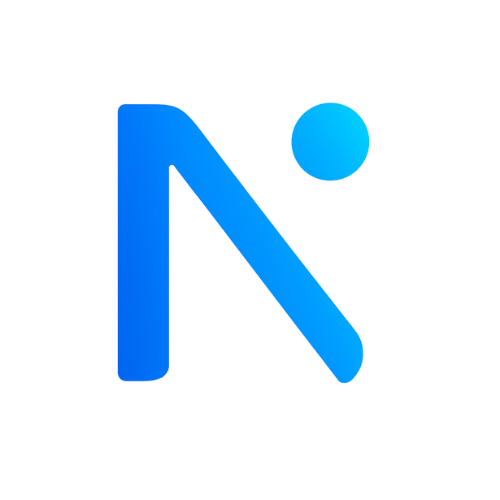Professional Services Automation (PSA) and Remote Monitoring & Management (RMM) are the two foundational platforms every Managed Service Provider relies on. Yet many MSPs—especially those scaling quickly—mistakenly treat them as overlapping systems.
In reality, PSA and RMM tools serve completely different purposes. One runs the business. The other manages the technology. When integrated, they create a unified, efficient, and scalable operating model for MSPs.
Below, we break down the differences, how they work together, and the role automation plays in connecting the two.
What Is a PSA?
A PSA (Professional Services Automation) platform is the business operations system for an MSP. It centralises everything related to service delivery, including:
- Ticketing and service desk workflows
- Contracts, SLAs, and time tracking
- Billing and invoicing
- Project management
- Customer communication and approvals
- Reporting and profitability dashboards
PSA tools act as the “source of truth” for client activity, technician work, and business outcomes.
Common PSA platforms include ConnectWise Manage, Autotask, HaloPSA, and Kaseya BMS.
What Is an RMM?
An RMM (Remote Monitoring and Management) platform is the technical management system responsible for monitoring and maintaining client endpoints and infrastructure.
An RMM handles tasks such as:
- Device monitoring and alerts
- Patch management
- Script execution and automation
- Remote access
- Asset discovery
- Health and performance reporting
RMM tools give technicians full visibility into the client environment and allow them to resolve issues proactively.
Common RMM platforms include Datto RMM, NinjaOne, N-able N-central, and Atera.
PSA vs. RMM: Key Differences
Here’s a clear comparison to help distinguish the two:
PSA vs RMM Comparison
Function
- PSA: Business operations
- RMM: Technical management
Primary Role
- PSA: Ticketing, billing, projects
- RMM: Monitoring, patching, automation
Users
- PSA: Account managers, service desk, leadership
- RMM: Technicians, engineers
Data
- PSA: Customer info, contracts, SLAs, service history
- RMM: Endpoint health, alerts, telemetry, performance
Integration
- PSA: Syncs with RMM for automation and billing
- RMM: Feeds alerts and device data into PSA workflows
Together, they form the operational backbone of any MSP.
How PSA and RMM Work Together
PSA and RMM platforms integrate to create a seamless loop between technical events and business processes:
Example Workflow
- RMM detects an issue (e.g., failed patch, low disk space)
- RMM automatically creates a PSA ticket
- PSA assigns the ticket based on priority, SLA, or technician availability
- Technician remediates the issue via RMM
- PSA logs time, updates SLAs, and prepares billing
This integrated flow ensures accurate reporting, predictable billing, better SLA performance, and faster technician response times.
Without PSA+RMM sync, MSPs face data duplication, manual errors, and inefficient handoffs.
The Role of Automation Between PSA and RMM
Automation bridges the gap between PSA and RMM by orchestrating end-to-end workflows across both systems.
For example:
- RMM detects an alert → Automation triages the issue
- Automation updates PSA with type, priority, and recommended action
- Ticket is assigned automatically
- Resolution tasks are executed via RMM
- Status and notes feed back into PSA
This removes repetitive admin work, speeds up ticket handling, and ensures consistent responses across the team.
Benefits of an Integrated PSA + RMM Stack
A well-integrated PSA and RMM setup provides multiple advantages:
-
Eliminates manual entry
No more double-handling ticket details, time entries, or device info. -
Improves technician efficiency
Faster triage, clear prioritisation, streamlined workflows. -
Enhances SLA compliance
Real-time visibility improves response and resolution times. -
Better reporting and profitability tracking
Data flows cleanly from RMM to PSA billing modules. -
Enables proactive, automated service delivery
Automation layers can triage, assign, and resolve tasks without human intervention.
Frequently Asked Questions
What is the difference between PSA and RMM?
A PSA manages business operations like ticketing and billing, while an RMM manages technical operations like monitoring and patching.
Do MSPs need both PSA and RMM tools?
Yes. They serve different purposes but rely on each other for complete service delivery.
How do PSA and RMM integrate?
RMM sends device alerts and events to the PSA, which manages workflows, assignments, SLAs, and billing.
Can automation replace manual ticket creation?
Yes. Automations can create, triage, and update tickets based on RMM data—reducing technician workload.
What is the best PSA and RMM combination?
It depends on MSP size and workflow preferences. Common pairs include:
- ConnectWise Manage + N-central
- Autotask + Datto RMM
- HaloPSA + NinjaOne
Conclusion
PSA and RMM platforms are not interchangeable—they’re complementary systems that power different sides of the MSP business. When connected through strong integrations and intelligent automation, they create a unified operational framework that improves efficiency, consistency, and service quality.
To explore how PSA and RMM workflows unite under a modern automation layer, visit our Unified IT Management Software page.

